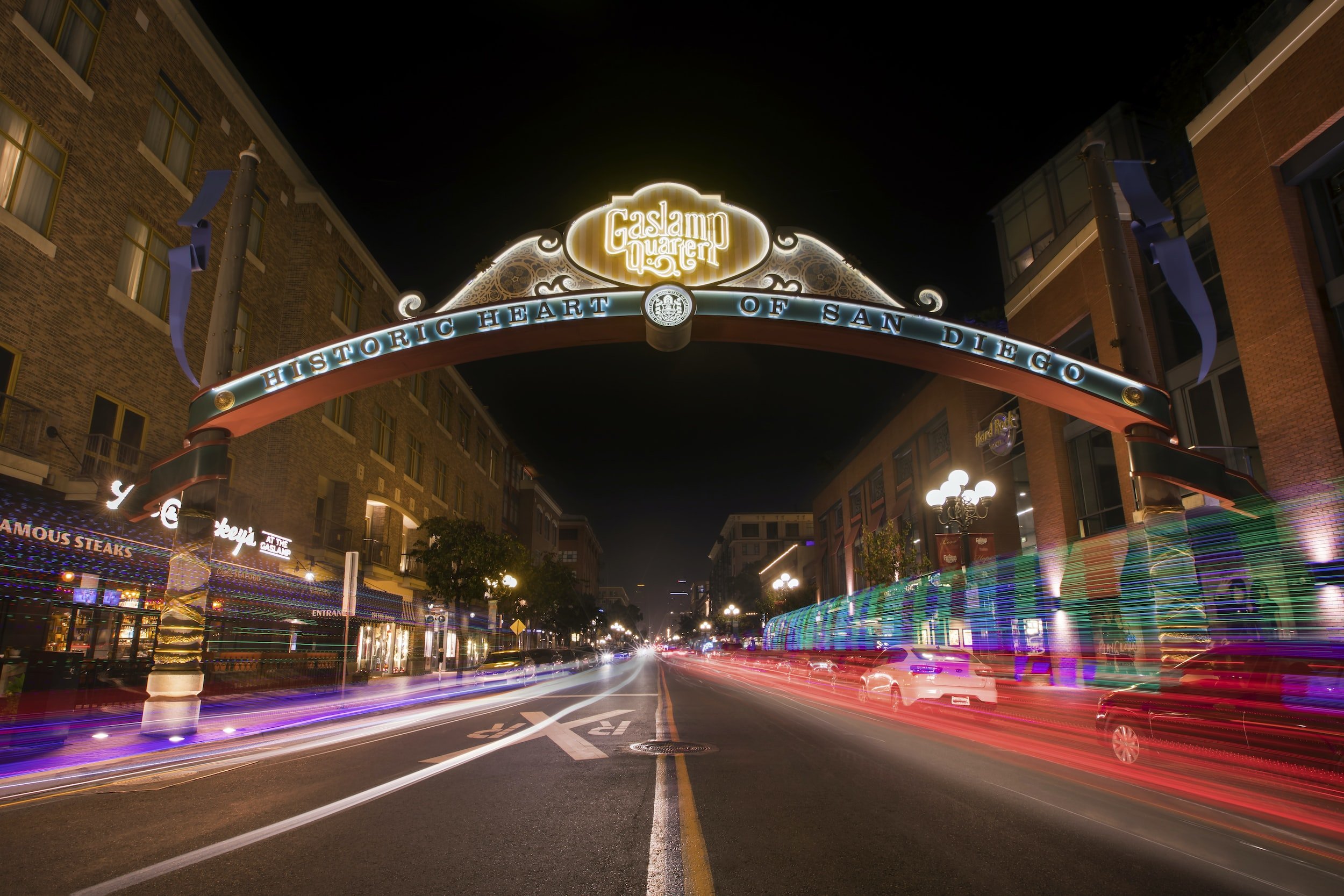Are Historical Buildings Exempt From The ADA?
Disability Access Requirements For Historical Buildings
Historical buildings and site are not exempt from compliance with the Americans with Disabilities Act (ADA). However, they may be eligible to meet a lesser standard of accessible design under certain circumstances.
The ADA provides an exemption for qualified historic properties that are listed on the National Register of Historic Places or properties that are designated as historic under state or local law. If buildings or facilities are designated as historical as defined by the ADA, then they may be eligible to meet alternative minimum standards if full compliance with the regular code would threaten or destroy the historical significance.
Determining that full compliance would destroy or threaten the historical significance of a building is not as easy as saying “Ramps and Platform Lifts did not exist when this structure was built so therefore it is exempt form the ADA.” It is a bit more involved than that. In order to use this exemption, the historical facility owner/operator will need to seek the approval of the State Historic Preservation Officer or Advisory Council on Historic Preservation. These parties will determine if full compliance of the regular code will in fact, threaten or destroy the historic significance of the facility.
These exemptions only apply to alterations of historic buildings and not additions or new construction. Even if a historical building qualifies for these exemptions, it still needs to be accessible to the maximum extent feasible.
In conclusion, all public accommodations are still required to make reasonable efforts to ensure that their historic buildings are accessible. Even if they are exempt from full compliance with the ADA, they must be accessible to the greatest extent feasible. This might include installing ramps, providing accessible parking, or making other modifications that are feasible but do not compromise the facility's historical significance.
Note - The U.S. Department of Justice (DOJ) has issued guidance for applying the ADA to qualified historical building and facilities in the 2010 ADA Standards (202.5 Advisory).
State And Local Accessibility Requirements For Historical Buildings
State or local laws and regulations may have different requirements for accessibility in historic buildings, so it is important to consult with a Certified Access Specialist who is familiar with the specific laws and regulations that apply to historical site. Contact one of our experienced CASp consultants if you need assistance with your property.


